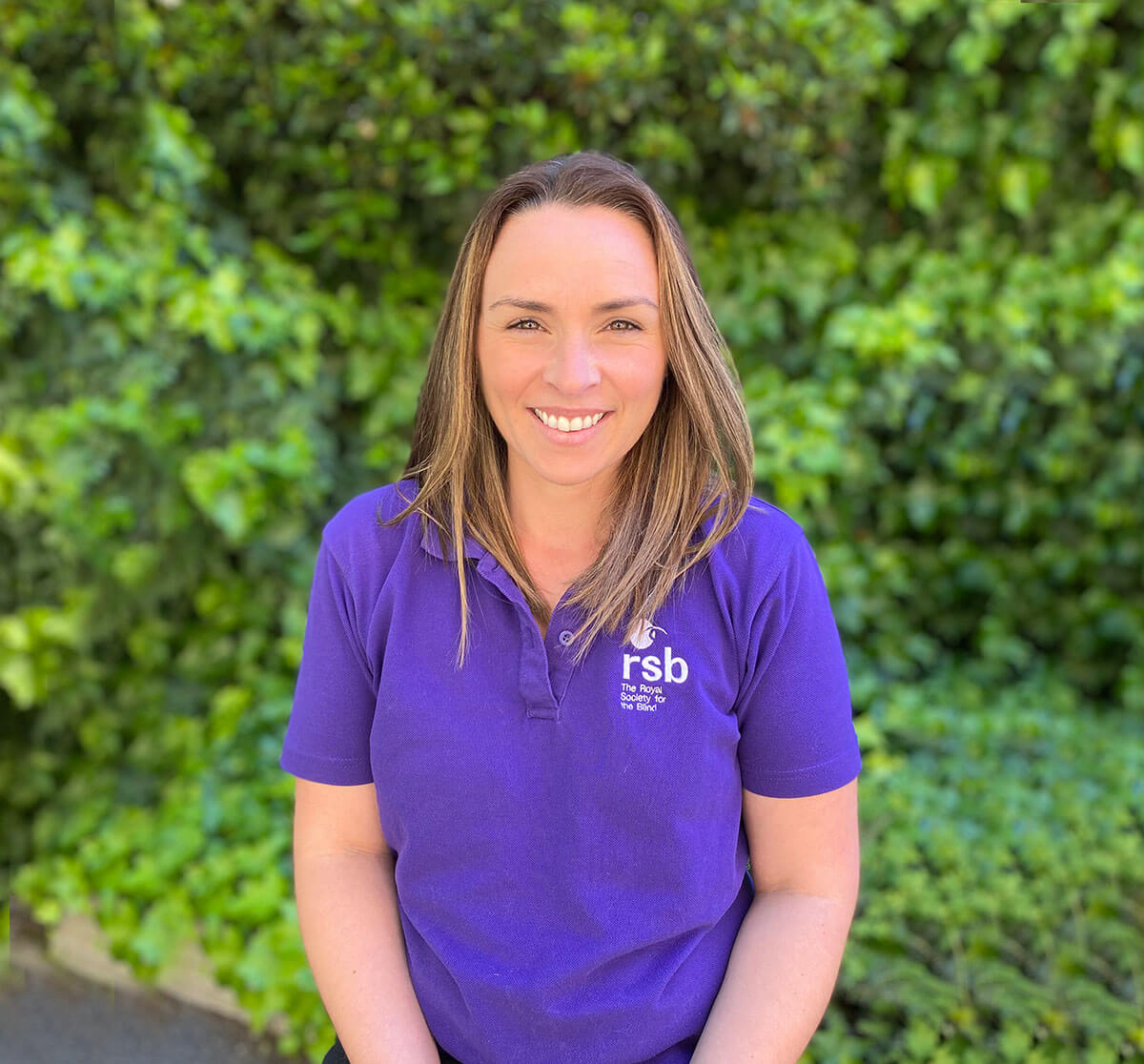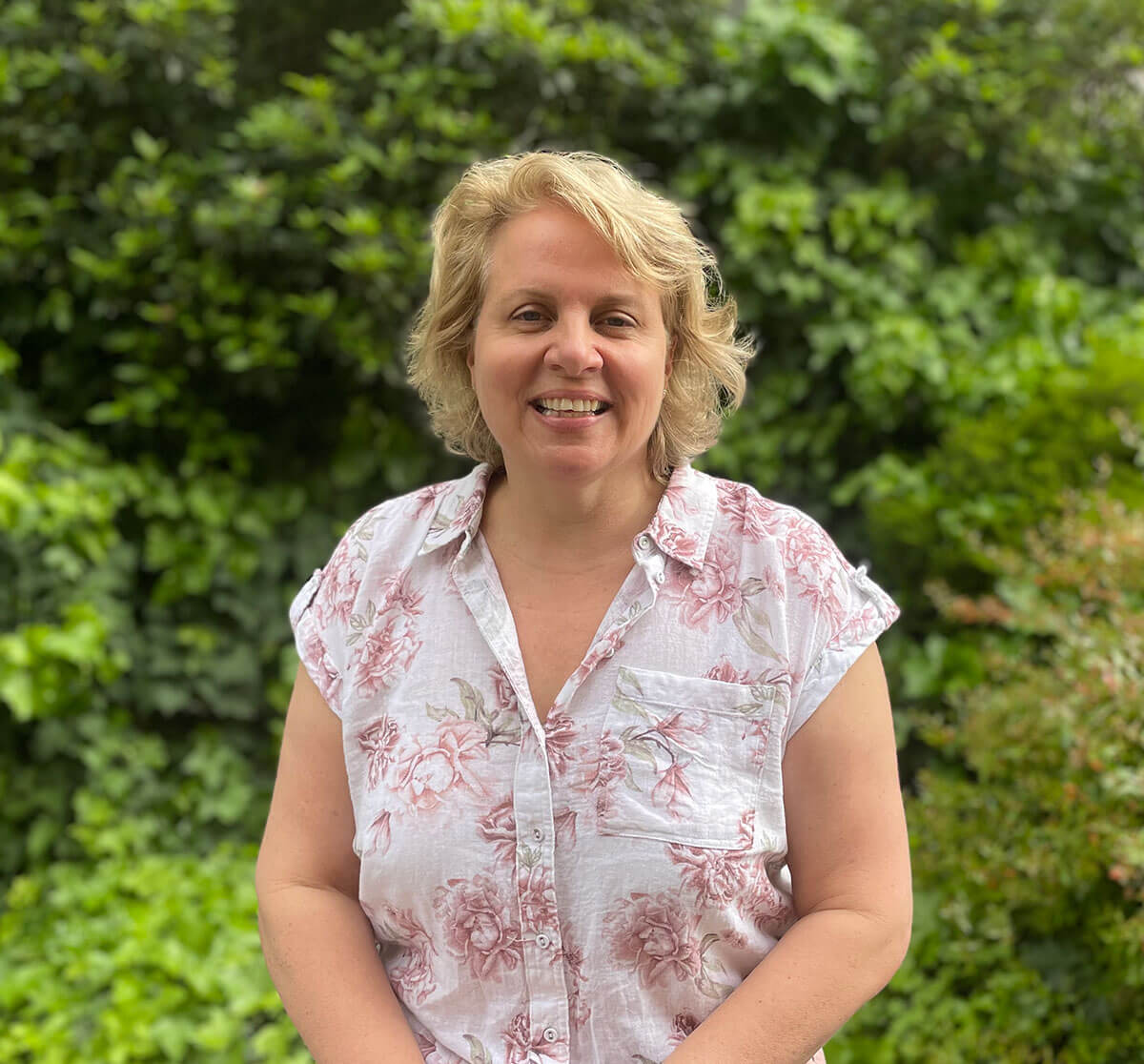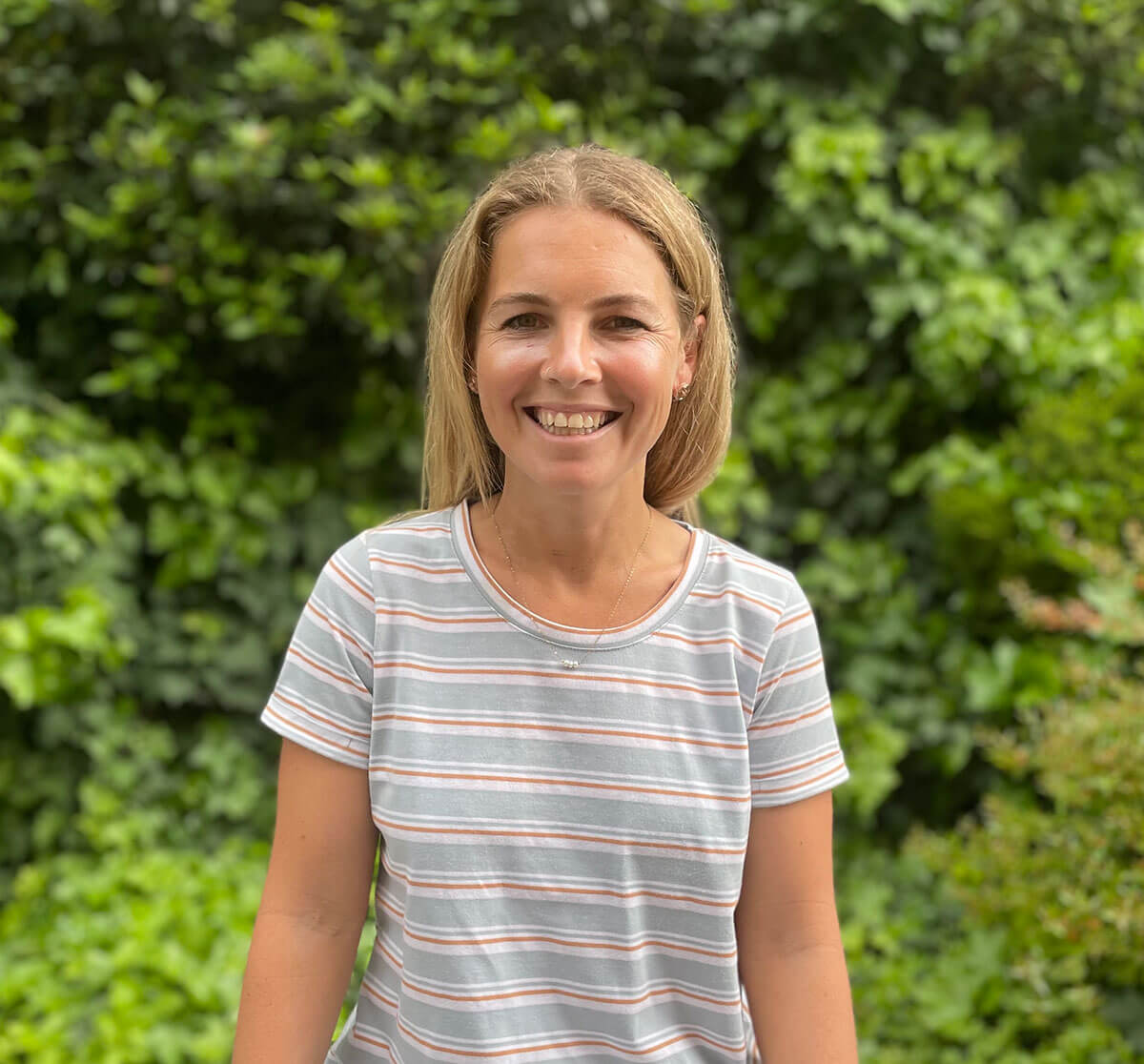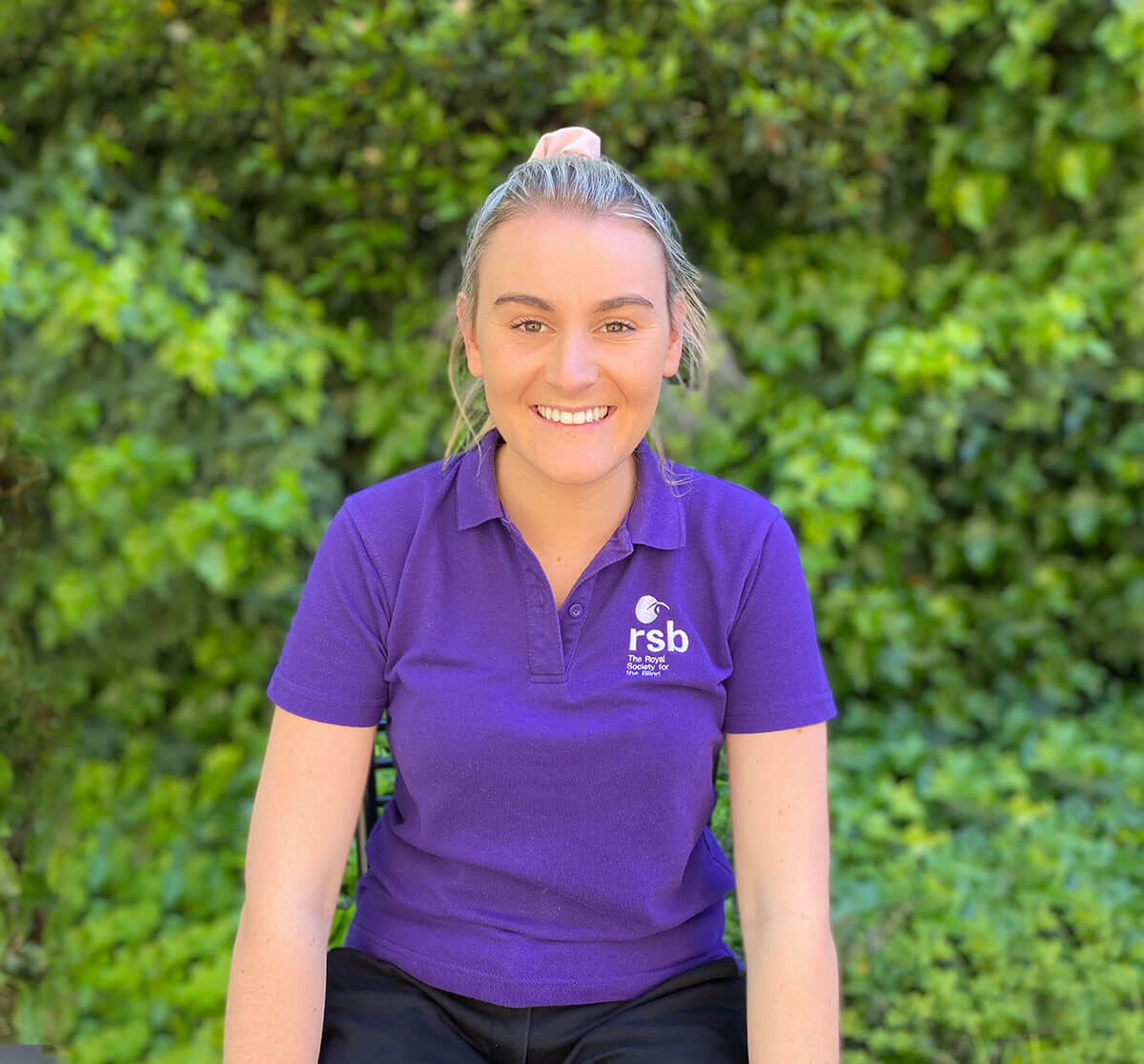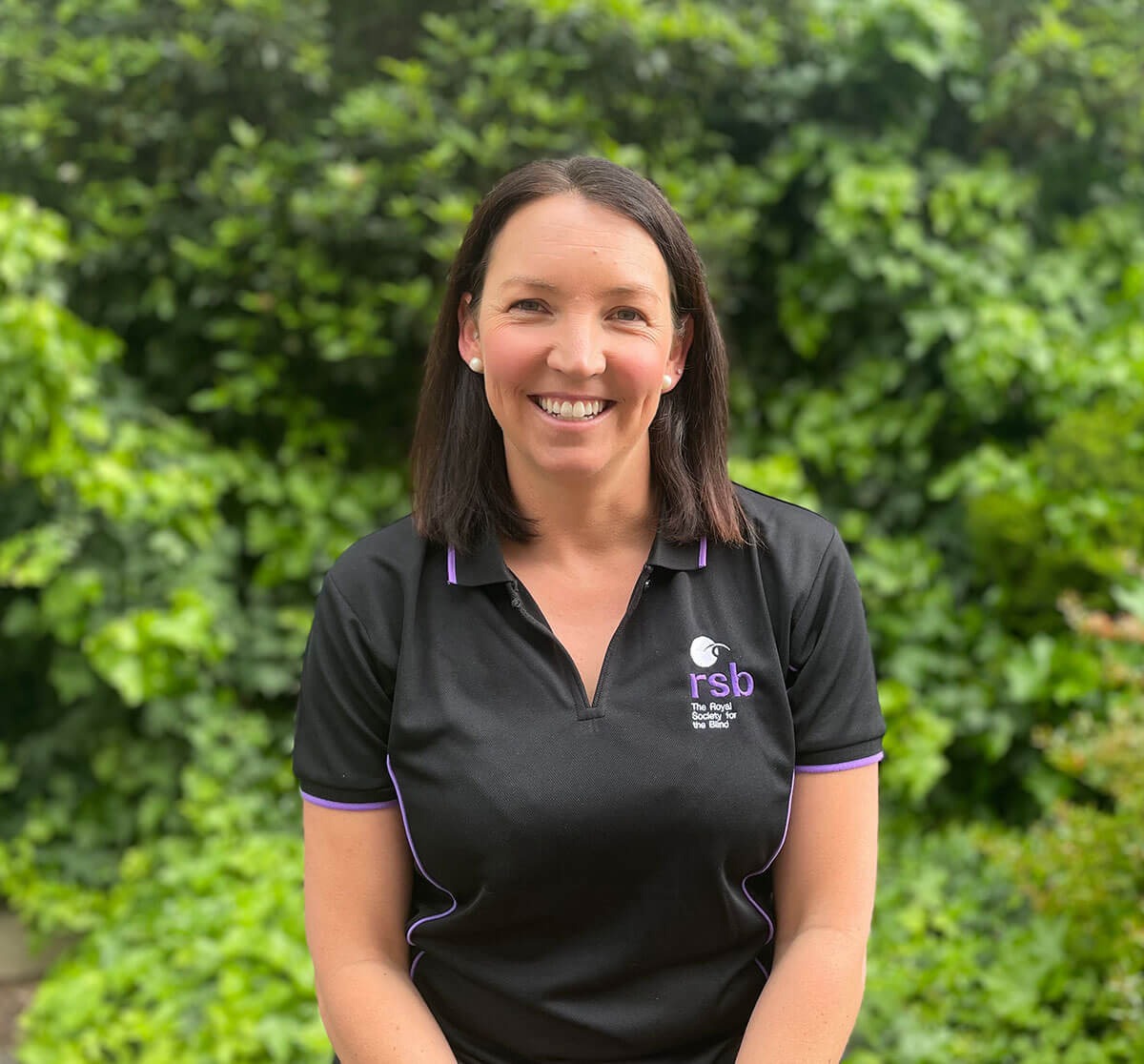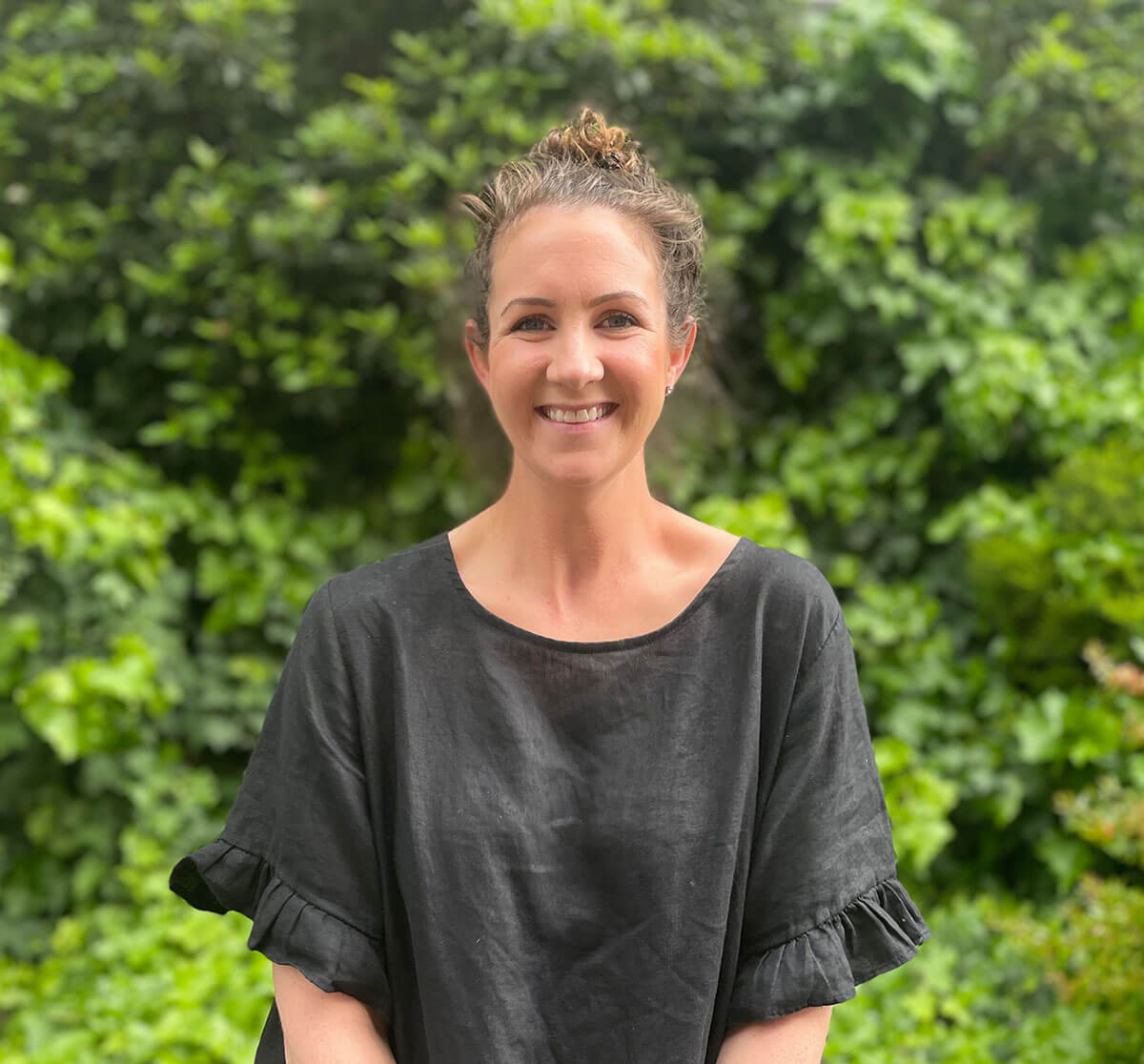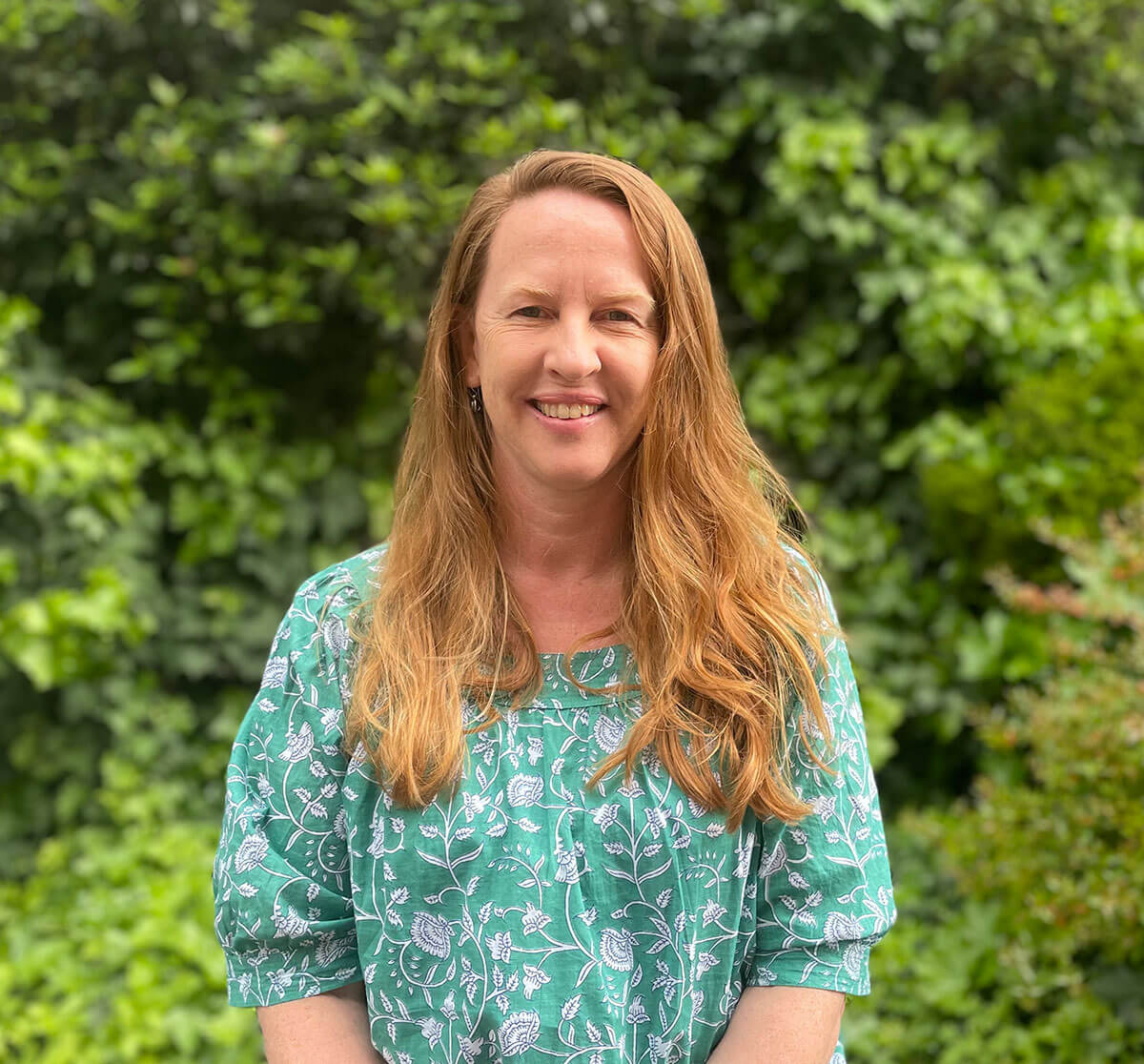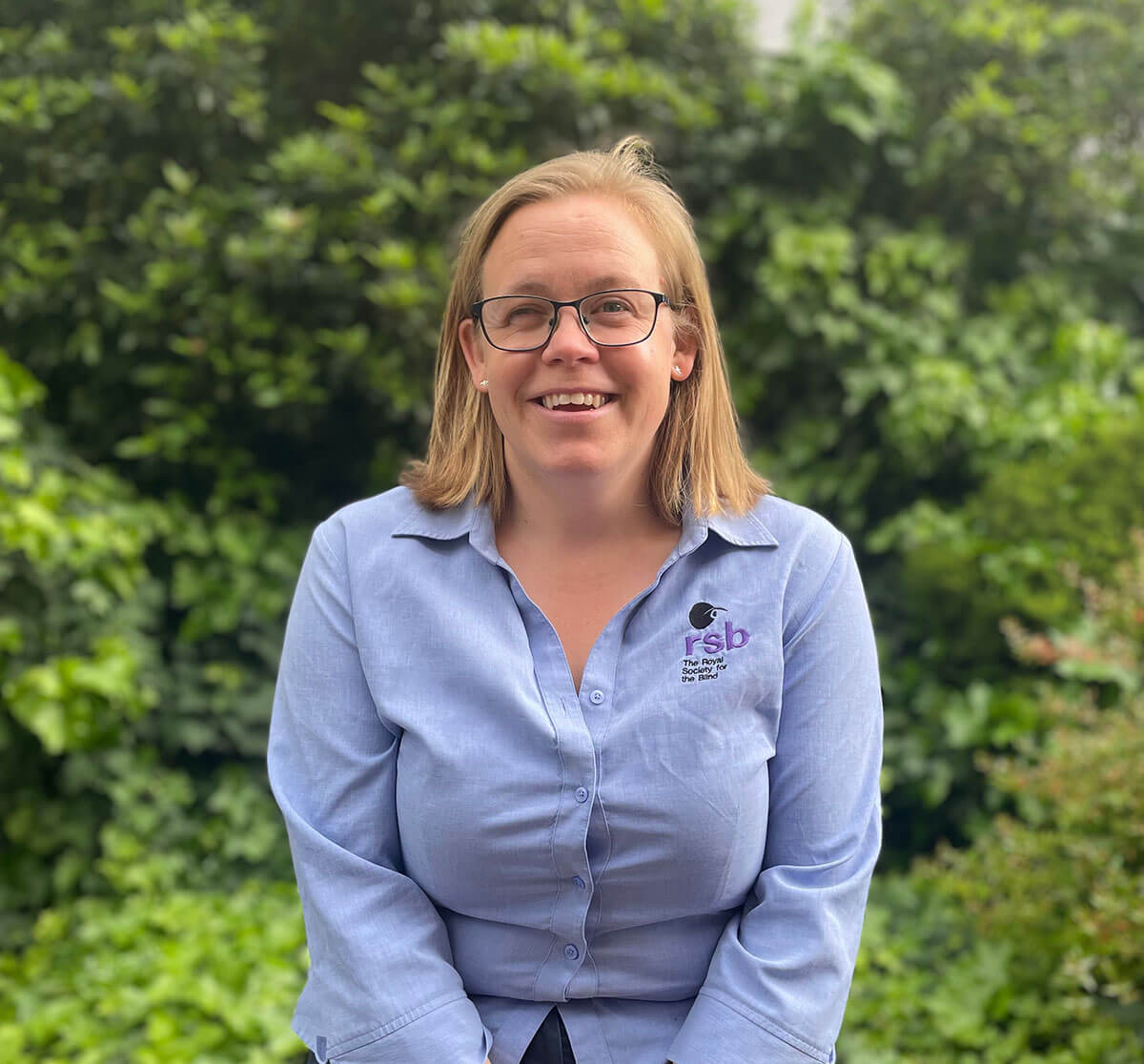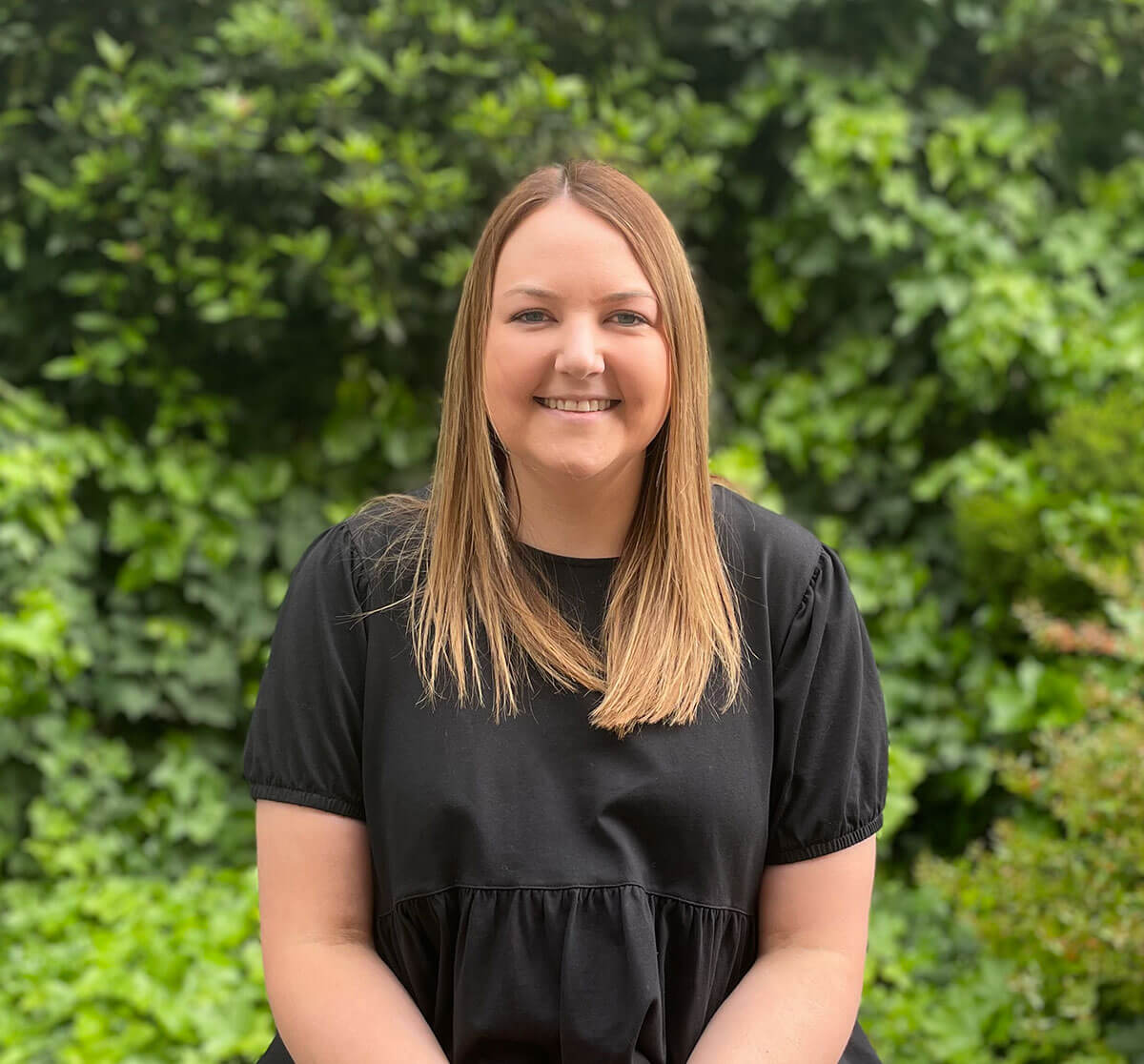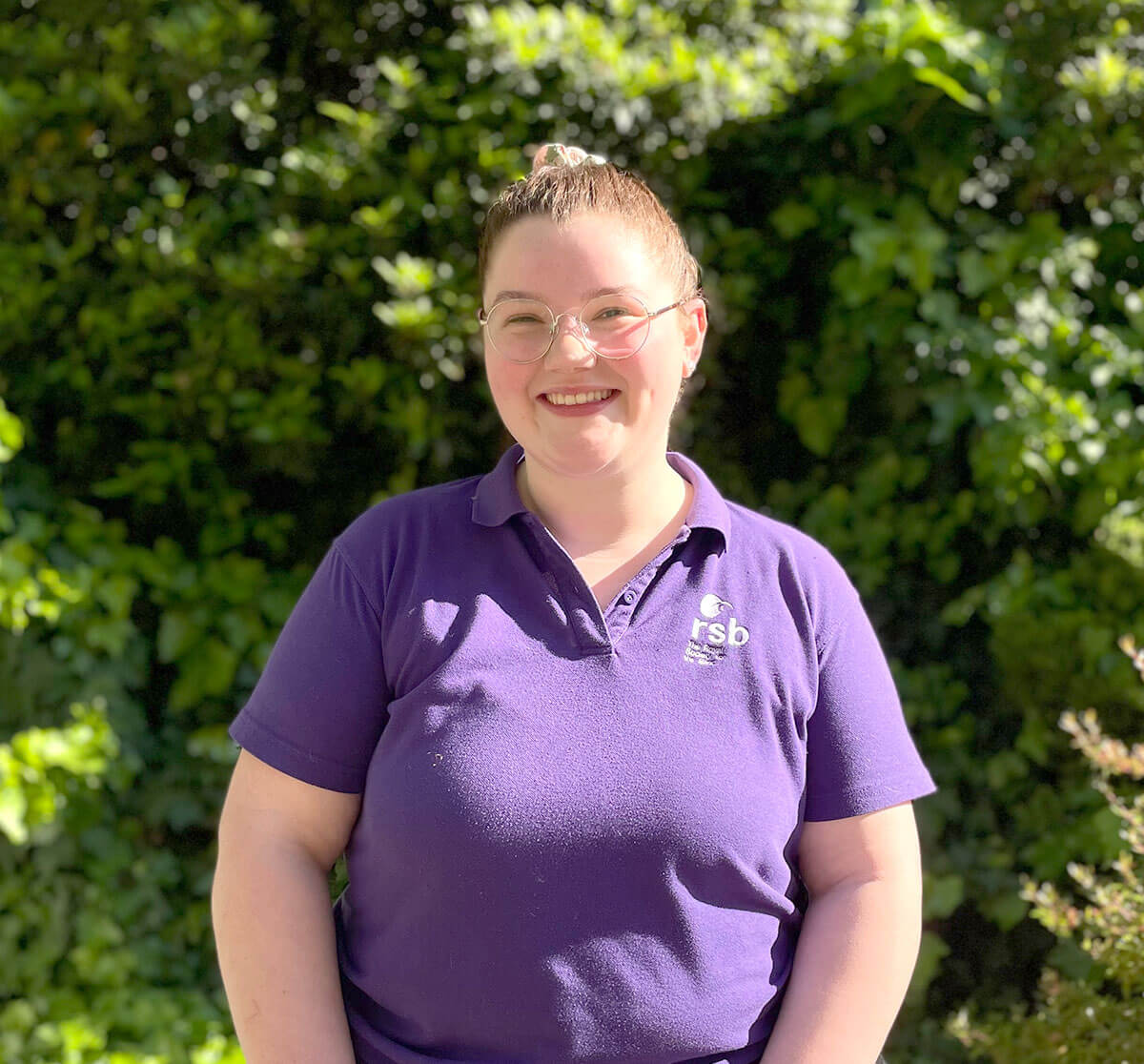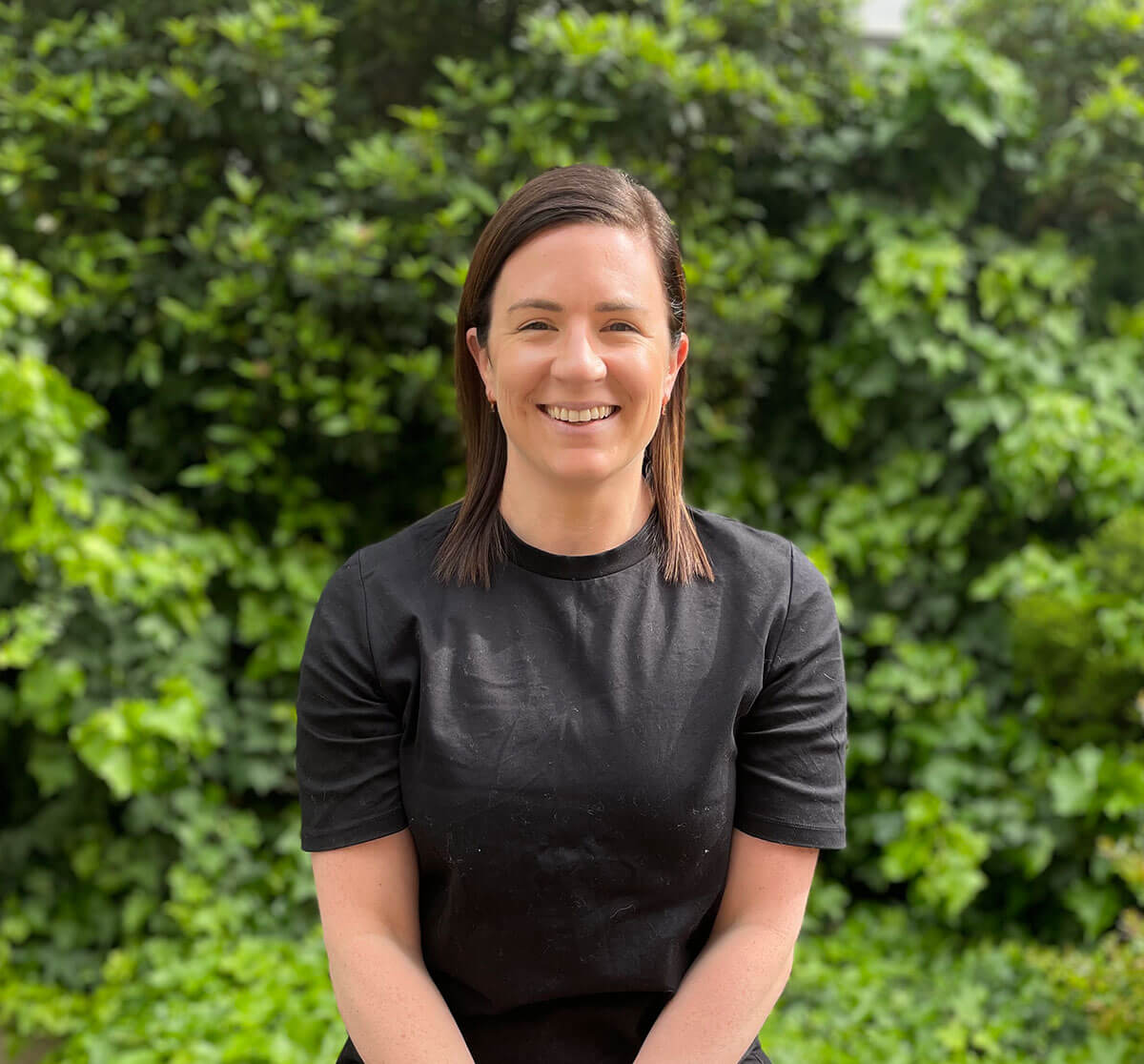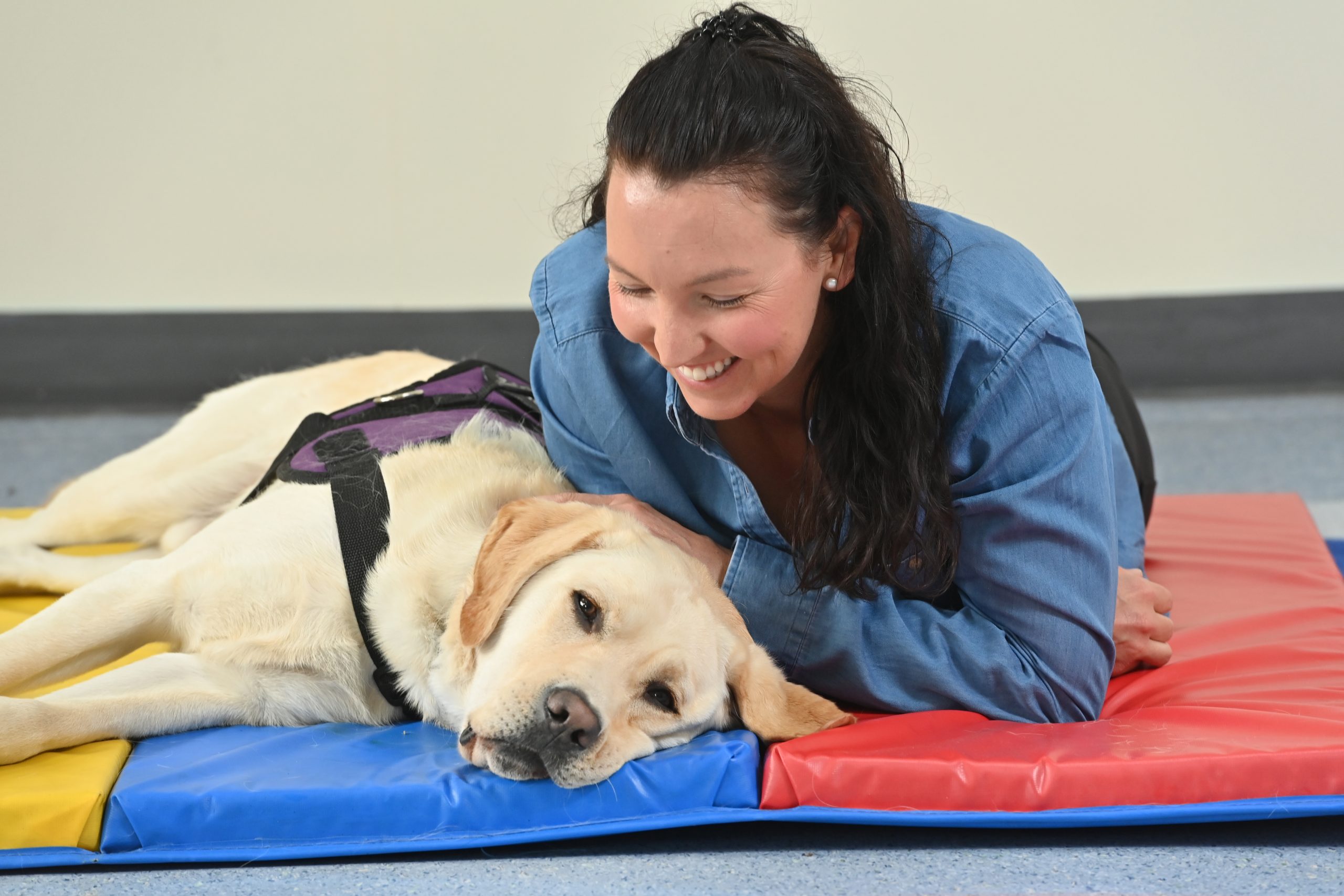

It’s the start of a new era as Assistance Dogs are welcomed through the gates of Adelaide Zoo for the first time, opening up a world of wild experiences to visitors from near and far who are supported by accredited Assistance Dogs.
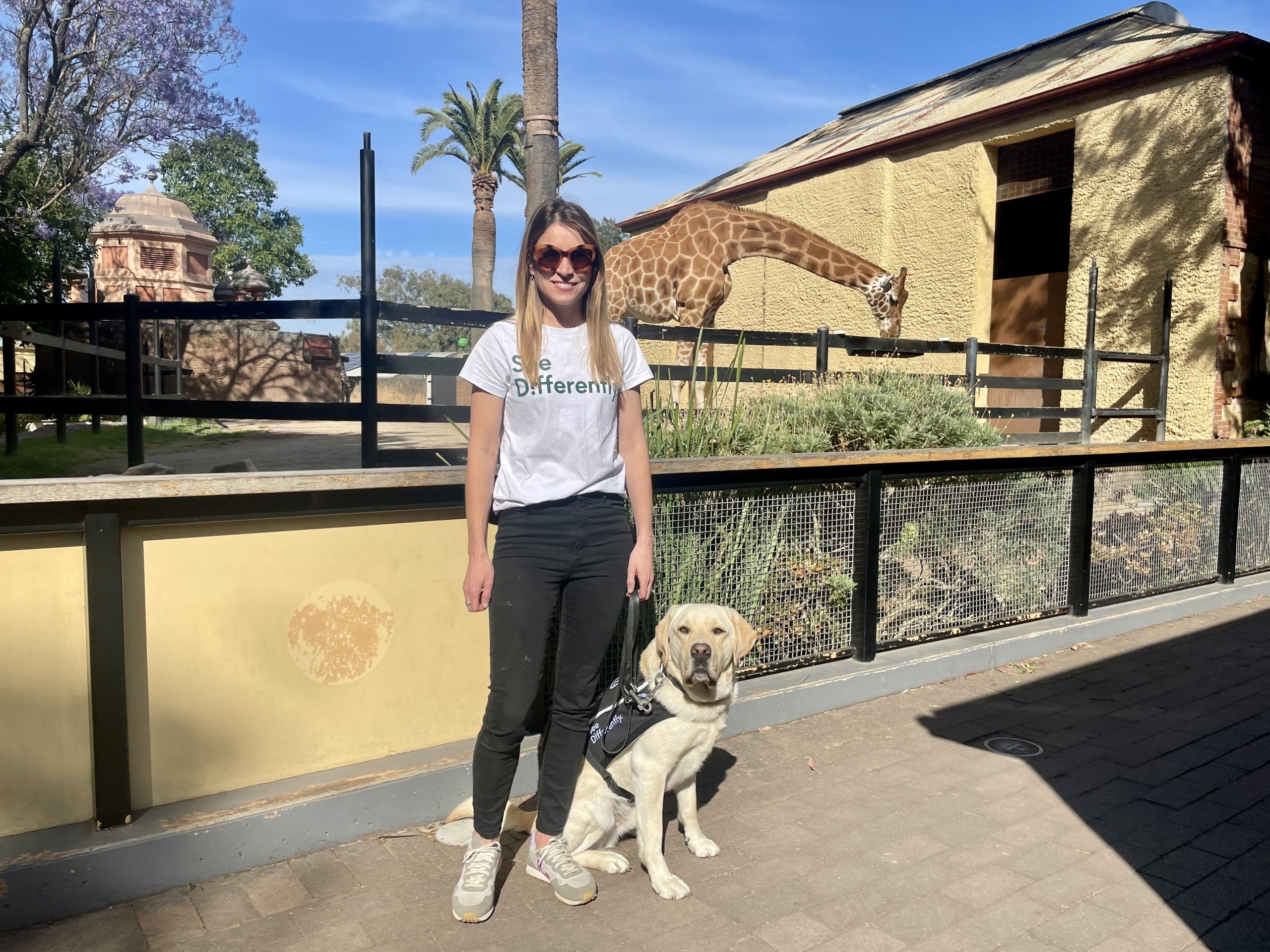
Click here to check out the ABC news story!
Partnering with See Differently (formerly Royal Society for the Blind), Zoos SA’s assistance animal program initially allows See Differently accredited Assistance Dogs to visit the zoo between 10.30am and 3.00pm.
An Assistance Animal zone map guides people and their Assistance Dogs through the zoo, making sure Labradors, lemurs and humans alike all have a rewarding and safe experience. The creation of this map is where the science comes in.
Zoos SA’s Animal Behaviour and Creative Programs Manager, Nic Bishop, said the program is a result of strategic animal behaviour research between Zoos SA vets, keepers and See Differently specialist dog trainers.
See Differently assistance dogs took part in four testing days to meet zoo animals. Testing involved walking dogs past animal habitats across the zoo while vets and keepers recorded the zoo animal reactions and the handlers noted the responses from the dogs.
“We wanted to know what might happen when a lion meets a Labrador.
“Using over 100 pieces of behavioural footage we assessed how dogs and different zoo animals responded to each other to assess where assistance animals can go in the zoo.
“Many animals are naturally interested in new things, sometimes this can be positive and enriching and other times this can have negative outcomes,” said Nic.
For the vast majority of species, the testing process found that seeing an Assistance Dog was a positive enrichment experience.
“It was fascinating seeing the Meerkats reaction, they were so curious and all ran over to the glass fence to check out their furry visitor.”
These findings formed the traffic light system for the Assistance Animal zone map. Green zones mean assistance animals can safely move about, orange is where people should exercise caution and be aware of how their assistance dog may react, and red zones are restricted where Assistance Animals are not permitted.
“We want people and their Assistance Dogs to feel as at home with us as the 250 different species that live at Adelaide Zoo, and the zone map is one way we will facilitate a positive welfare outcome for Assistance Dogs and the furry, scaly and feathered friends at the zoo,” finished Nic.
With See Differently providing Assistance Dogs to more than 130 South Australians, Zoos SA Chief Executive, Elaine Bensted, said this program marks an important milestone in providing a welcoming and accessible space for all.
“This is an exciting step on our accessibility journey and we’re thrilled to be supporting more people to visit, learn about incredible species and have a wild experience at the zoo.
“Assistance Animals help give people with an accessibility requirement greater independence and we’re proud to support this at Adelaide Zoo.
“We’ve had great feedback from the community on our Relaxed Zoos Hours initiative, where we reduce human noises in select sessions to create a more sensory friendly environment for guests, and we look forward to building on this work and opening up the zoo to more people with the Assistance Dogs program,” said Elaine.
See Differently Executive Director, Damian Papps, said, “The research phase of this program, in introducing guide and assistance dogs in training to different animals, was fascinating and a unique learning opportunity for the See Differently and Zoos SA teams.”
“We are here to provide people with the capability to see differently, and this initiative with Zoos SA is enabling South Australians with a guide or assistance dog to experience the Adelaide Zoo in a whole new, accessible way.
“We’re really pleased that people with a guide or assistance dog can now enjoy a visit to the Adelaide Zoo – a quintessential leisure experience, with their children, grandchildren and families and friends. With The Zoo founded in 1883 and See Differently founded in 1884 it is a wonderful opportunity for us to work together enriching the lives of South Australians.”
Human Services Minister Nat Cook said, “I’m delighted that Adelaide Zoo is opening its gates to visitors and their Assistance Dogs, ensuring even more South Australians have access to the great experiences on offer.
“Earlier this year the State Government announced $10,000 for Zoos SA to expand and deliver its series of relaxed experiences for the state’s autistic and autism communities.
“These initiatives are all part of the work taking place to make South Australia more accessible and inclusive for all.”
People visiting with an accredited See Differently Assistance Dog can view the Assistance Animals Guide and complete an application on the Adelaide Zoo website or by calling Adelaide Zoo on (08) 8267 3255. There are a number of support measures in place to ensure the safety of guests, their Assistance Dog and our animals and by following the guide Adelaide Zoo can support everyone to have a rewarding and safe experience.
At this early stage of the program Adelaide Zoo is open to accredited See Differently Assistance Dogs and not other species of companion animals.


